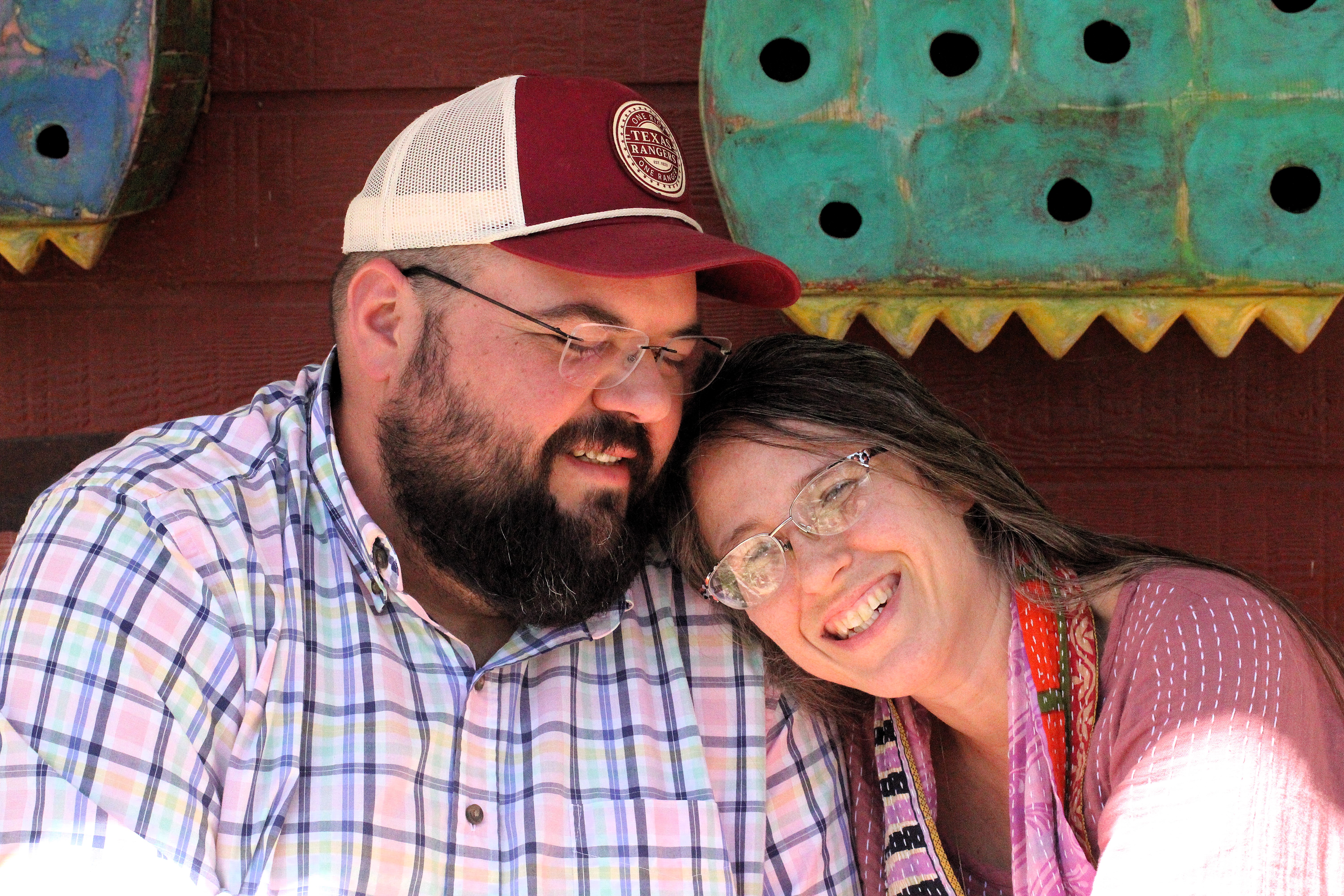Tyler artist creates functional yet funky fishing lures
Published 5:09 am Friday, May 2, 2025
For most anglers, a fishing lure is just a tool — an artificial bait designed to tempt a bite. But in the hands of Chance Dunlap, a lure becomes something more: a tiny, hand-painted masterpiece, each one crafted with precision and intuition.
“When I was a kid, I loved fishing lures,” Dunlap said. “I treated it kind of like a toy. I could cast it out and work the way I would reel it back in, and I had a lot of enjoyment in that, whether I would actually catch a fish or not.”
His enthusiasm for fishing lures soon evolved into a hobby of creating them, but at just 10 years old, he struggled with the logistics.
Trending
“I thought I was going to make the coolest lure ever, but I realized that it’s a challenging process to get the balance, the weighting, the hardware,” Dunlap said. “There are many things that go into designing these objects. They’re more complicated than you might realize.”
As the years went by, Dunlap became a teenager with other interests and eventually started college, initially pursuing a degree in golf course turf grass management at a community college.
“I really loved horticulture and growing plants and propagating plants from cuttings and things,” he said. “I never stepped foot on a golf course before, but that was the closest program at my school to getting me to plants.”
However, he needed a class that was eligible for financial aid, and it was his mother who encouraged him to take an art class.
“She was telling me that I was always so creative and making things,” he said. “Plus, to be honest, I thought it would be easy, so I took an art design class and was hooked immediately. I’d never had a class in school where I was just turned loose… like, just making things.”

His biggest supporter is his wife of 16 and a half years, Bobbie, who is an artist herself.
Dunlap followed his passion and encountered mentors who nurtured his creativity. He pursued higher education, earning a bachelor’s degree and later attending graduate school at the University of North Texas in Denton. There, he earned a Master of Fine Arts with a focus on sculpture. He also holds a BA from Southeastern Oklahoma State University in Durant and an Associate’s degree from Grayson County College.
Trending
“During my process of getting my Master’s in Fine Arts, I became bombarded with ideas and concepts,” Dunlap said. In his art classes, critiques were a regular part of the process, where students would meet in groups to discuss the work they had created over the past week or so. Over time, however, Dunlap began to feel disconnected from his own work, as the constant critiques made it harder to stay engaged with the creative process.
“You’re just not having fun anymore,” he said. “Your heart changes and how you’re relating to what you’re making.”
This shift in perspective eventually led him back to making fishing lures.
“I made a fishing lure spontaneously,” he said. “It had been almost 20 years, but I made this very crude little tadpole thing. I didn’t have any proper hardware for a fishing lure, but I took some wire and screws and made it into a little piece.”
Soon after, Dunlap made a dozen lures in a week, followed by 50 more in a couple of months. What started as a personal project to meet graduate school requirements became a renewed passion for a hobby from his youth.
“I had a painting professor I liked,” Dunlap said. “I liked her work and discussing art with her. She’d been around the world and had interesting perspectives, but she had this saying that it takes 20 years to become a painter, and that stuck with me. Basically, she didn’t want us to be overconfident in what we were doing now because we were going to keep practicing and working.”
Dunlap is now a professor in the Art Department at Tyler Junior College.
“I do think art is a way of connecting to things that are greater than yourself,” he said. “I feel like art has power because it has power in my life.”
When it comes to the process of creating his lures, Dunlap prefers to use eastern red cedar, which he sources from local sawmills.
“It’s not necessarily the best wood, but for me, it works well with my process,” Dunlap said. “I like the color. It’s this beautiful red, and I just like it.”
He takes a rough cut of the wood and shapes it on a band saw, then draws a rough outline with a marker to visualize what might emerge.
“I’ll see something take form a little bit, so it starts looking more three-dimensional rather than just a shape cut out of a flat piece of wood,” he said. “My imagination basically leads me along. But I love the moment when I add eyes to a fishing lure, and all of a sudden it kind of has a personality. That’s when I think, ‘Oh, it’s a good one.’”
Once he has an idea of the lure he wants to create, he focuses on the most important aspect: the balance.
“Fishing lures need to be symmetrical or at least well-balanced, so they return to a central point,” Dunlap said. “When they’re either diving under the water’s surface or sitting on top, pulling the fishing line keeps them true to their movement.”
Although it usually takes three to four hours to finish a lure, Dunlap finds painting to be the most tedious part of the process.
“You would think the carving would take the longest, but I find carving to be the most basic, almost generic part,” he said. “I can use the tool to get to where I want, and I’m just constantly moving. It’s not like that with painting.”
At his home in Tyler, Dunlap has an outdoor workshop where he not only works on his fishing lures but also builds birdhouses.
“As an artist, I really just enjoy being in the workshop, in the studio, making things,” Dunlap said. “No matter what it is, I like making fishing lures, birdhouses, or just things that the greater art world doesn’t really care about. It’s about embracing your creativity. Nobody can take that away from you.”
Dunlap doesn’t just create fishing lures for personal enjoyment; he’s also deeply involved in the community of fellow lure makers and collectors. Through trades and exchanges, he’s built connections with others who share his passion. It’s a close-knit world, where each piece carries not just craftsmanship, but stories and relationships.
“Through Facebook, I have many friends who I’ve not met but they’ve supported my work,” he said. “I’ve gone to trade shows and met up with people there and traded back and forth. I enjoy the process of buying and selling and trading. I have a lot of fun with it.”
His biggest supporter is his wife of 16 and a half years, Bobbie, who is an artist herself.
“If it were up to her, every single fishing lure I’ve ever made would be here,” he said. “We’d keep them all.”
Between what he creates and what he collects from others, Dunlap has around 1,000 lures, including ones he made as a young boy.
“I run out of space and start purging but I’ll have my core collection, where they’re not going anywhere and just kind of review and accumulate what I have,” he said. “But I like the wheeling and dealing on them.”
To check out his work, visit his Facebook or Instagram pages, @artachance, or his blog, chancedunlap.blogspot.com.
“I do think that right now is as good a time as ever to express yourself creatively and truly know yourself through that,” Dunlap said. “If you think to yourself, ‘I’m not good enough… what I make, nobody’s going to like’ — you have to try and overcome that burden. I know it’s hard, but if you stick with it, something good will happen down the road.”









